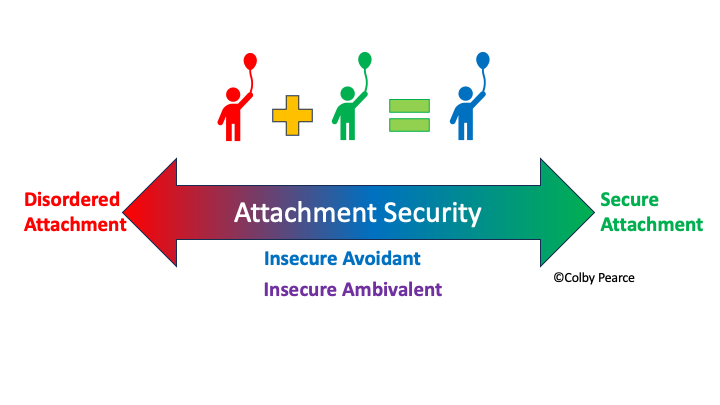
This brings us back to the issue of contact between children and young people who cannot safely be cared for at home, and their birth parents. The attachment relationships they maintain towards their parents, and their attachment style/security more generally, is directly impacted by their experience of grossly inadequate care, fear, and distress. Disorganised attachment relationships are common, and the children appear to approach life and relationships under the influence of disordered attachment representations.
In these circumstances, there is an imperative to provide these children and young people with safe and nurturing care that supports the development of secure attachment relationships, and a secure attachment style. Child welfare authorities seek to place these children and young people with foster carers trained in therapeutic responses to children and young people recovering from a tough start to life, or members of their extended family (most referred to as ‘kinship carers’). There is a widely held belief that in circumstances where the child or young person experiences sensitive and responsive care from skilled foster carers or relatives, their recovery from prior traumatic relationships is possible via the promotion of secure attachment relationships towards their substitute carers.
Unfortunately, this belief fails to consider that the attachment relationship the children and young people developed towards their birth parents continues to impact their attachment style, attachment security, and the attachment representations that directly influence their approach to life and relationships. They impact the child or young person’s approach to relationship with their new carers and the type of attachment relationship that is possible.
Reflection:
How does the relationship between the child or young person you work with or care for and their birth parents continue to impact their approach to life and relationships?
Click here to enter the next page.
Click here to purchase the PDF Handbook for this self-paced learning module.
